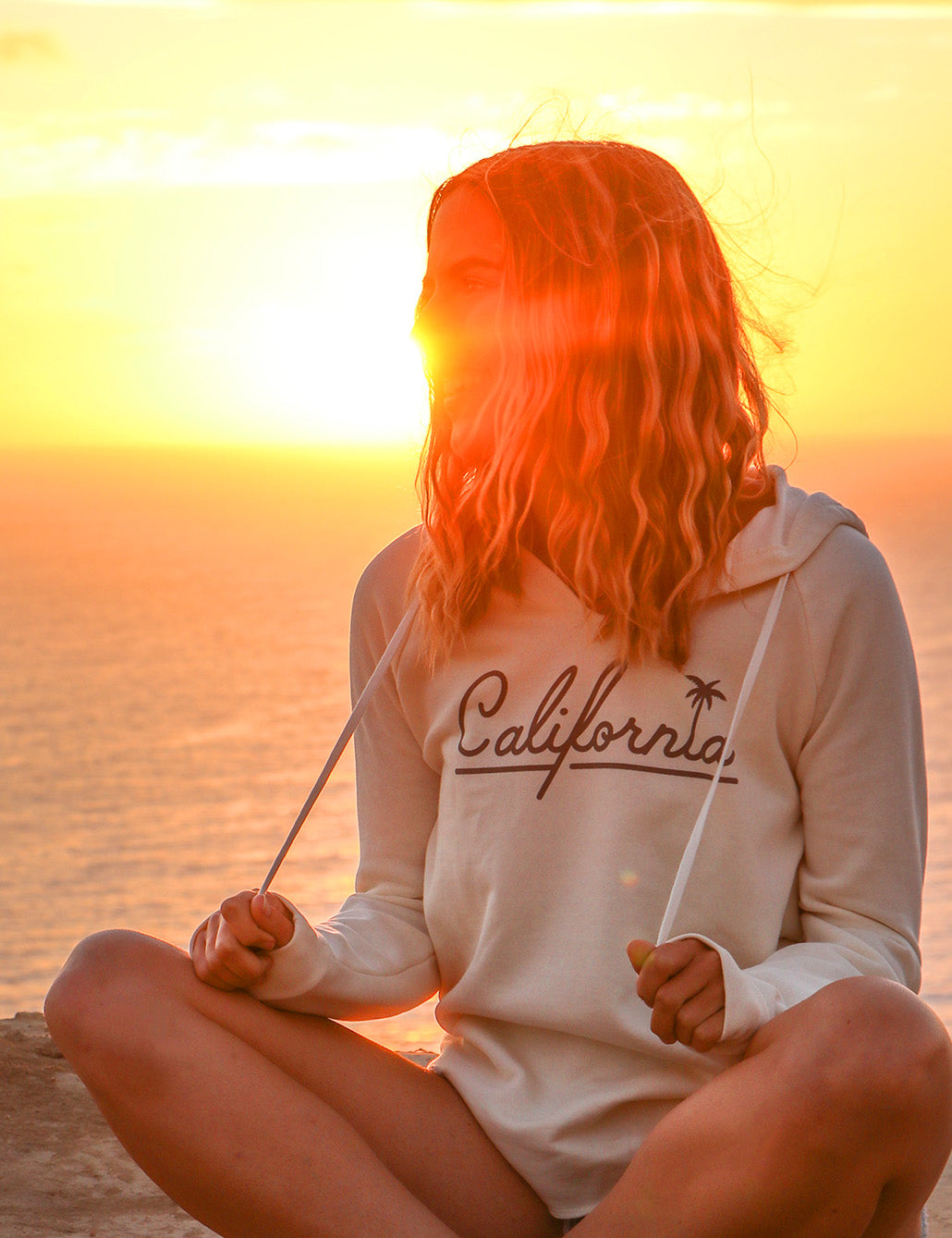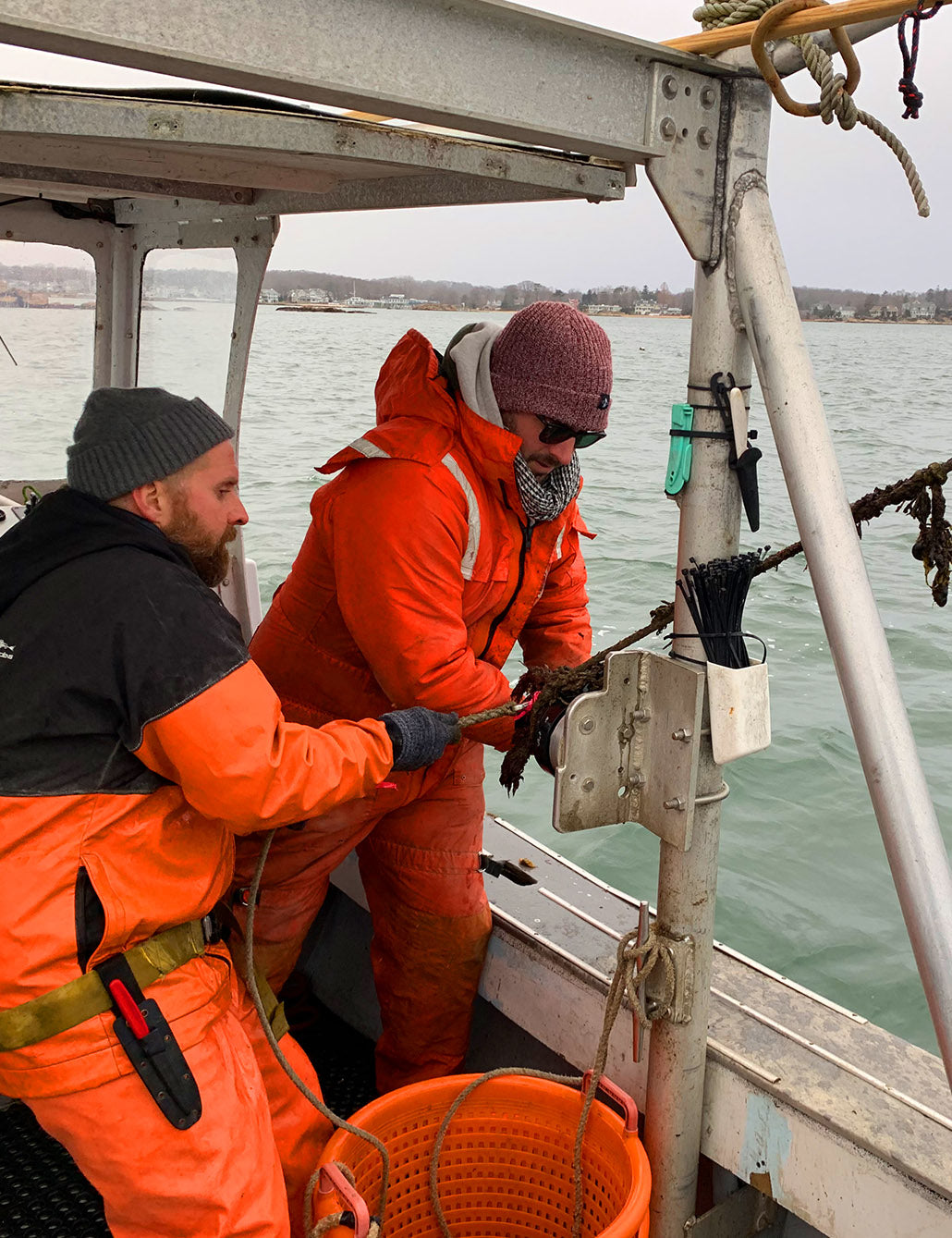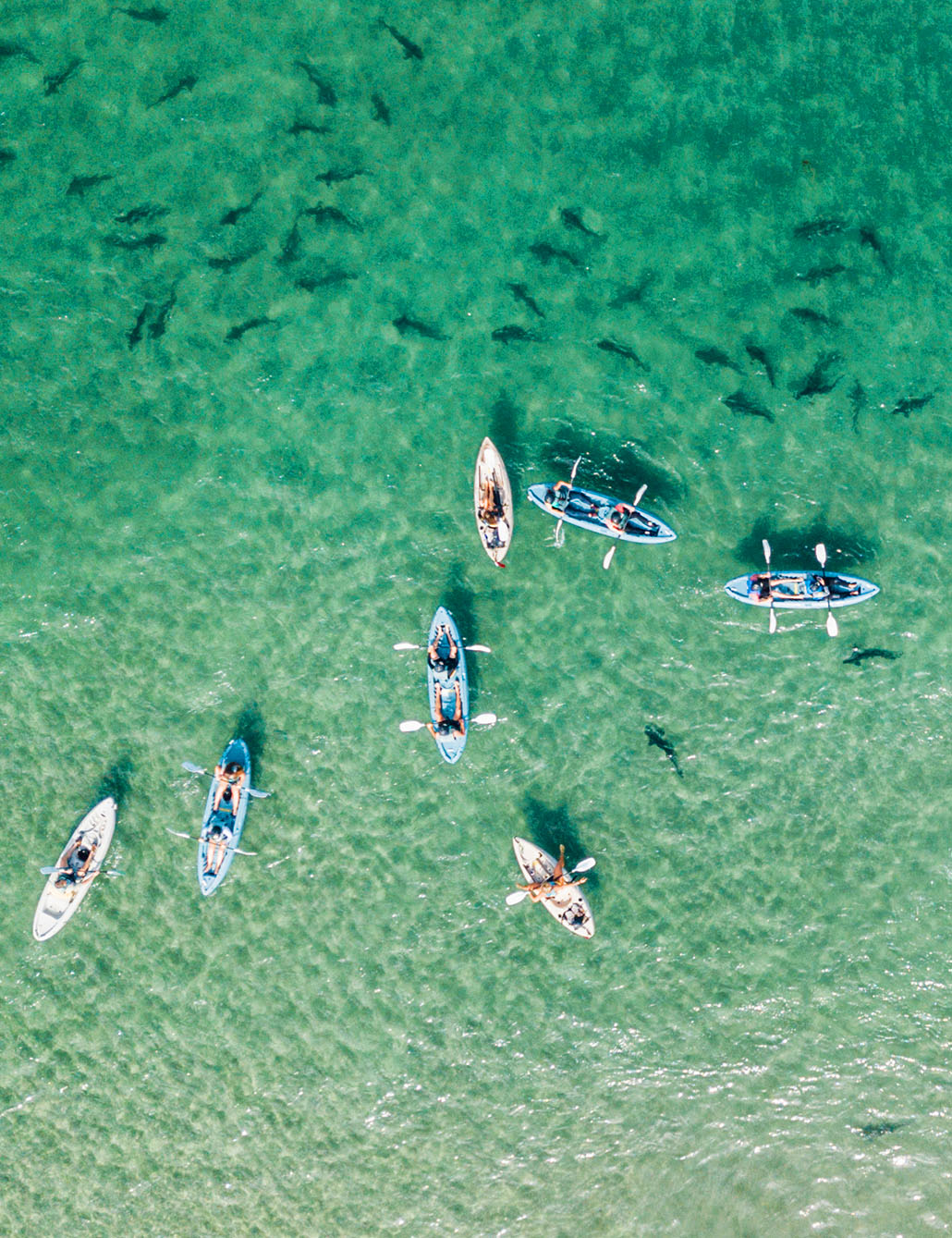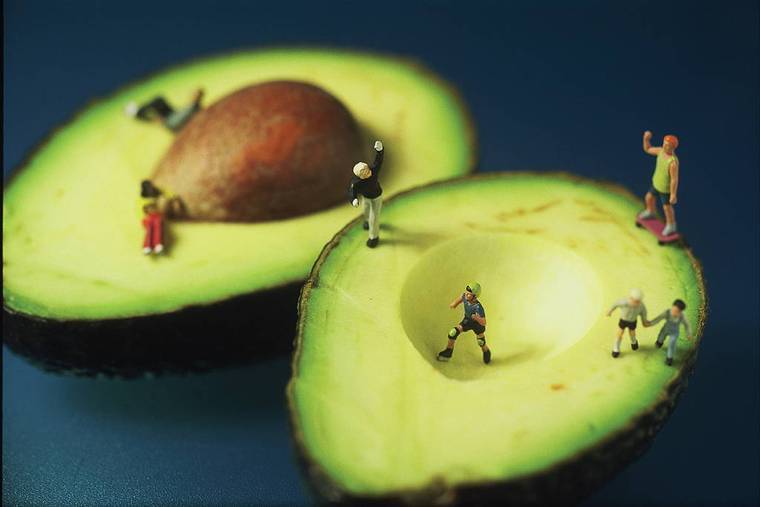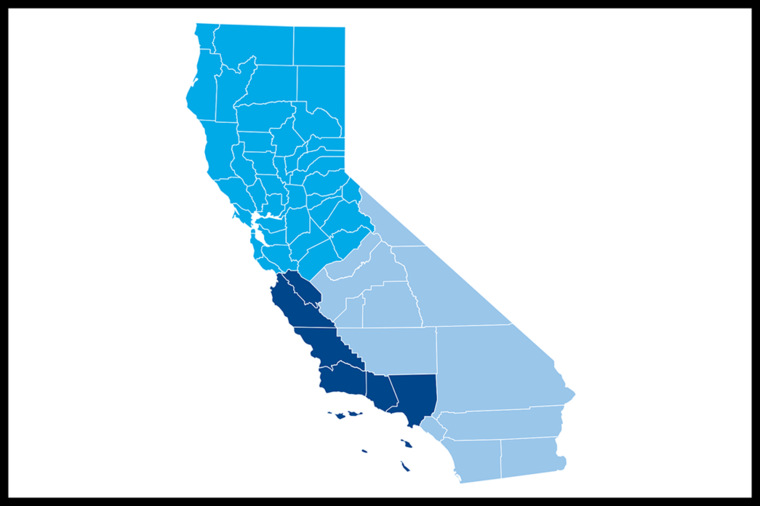By Trey Leslie I Everyday California Head Writer & Resident DJ
Note: This blog post was originally published in 2018. It has been updated and revised as of January 2020
None of us living today have a memory of a time when the Salton Sea didn't exist. At least not yet.
Even the oldest living American, born in 1904, would not be able to recall a time when the sea was not there. In prehistoric times, the lake was filled with water. But by the time railroads were built in the area, it was a completely dry area known as the Salton Basin.
After heavy rains in 1905, the Colorado river overflowed. The poorly-designed irrigation system could not contain the water, and it filled the basin for the next two years, until workers finally managed to stop the flow. By this time, the basin had been transformed into a 400 square mile lake: the Salton Sea.
People took advantage of this new desert oasis, and by the 1950’s the Salton Sea was a major resort filled with boats, water skiers, families enjoying the beach, and anglers trying to catch freshwater fish that had been introduced to the lake.

Vintage postcard from the Salon Sea, CA at the height of its status as a tourist destination
But even then, the problems that would eventually almost turn the Salton Sea into a ghost town were already emerging. A 1957 article in Sports Illustrated described the efforts to introduce fish into the lake. It was challenging because the lake was as salty as the ocean, but the specific salt levels were so unique that most of the fish introduced would die off almost immediately. The article is optimistic that a recent addition, the orangemouth corvina, would thrive in the Salton Sea.
You still might find corvina in the Salton Sea today, but in recent years, almost all of the fish have died except for tilapia as the challenges faced by the area have turned into a full-blown crisis. When farmers irrigate their fields, salt is carried downstream and eventually finds its way into the Sea. Now, the water is about 30% saltier than the ocean, and tilapia are the among the only fish that can thrive in these conditions. Unfortunately, they’ve also begun to die off in huge numbers.
In recent years, the Salton Sea has looked more like something out of the Mad Max universe than a thriving tourist spot. Stretches of the lake’s receding coastline look apocalyptic, otherworldly even—massive potholes ooze and bubble in shades of green and brown, fish bones are scattered across the shore, and the water’s edge is the same color as an ancient rusted can of paint.

Salton Sea Crisis: Bones of fish unable to survive the salty waters lay scattered on the beach
This happens because the Salton Sea has incredible levels of pollution. In addition to salt, the runoff that feeds into the lake contains all kinds of pesticides and industrial contaminants. When the water evaporates and the sea shrinks, these substances are left behind in higher concentrations. You can eat the fish that you catch here, but the California Office of Environmental Health Hazard Assessment warns that you must limit yourself to two servings per week due to the high levels of selenium. You also need to check for warnings from the Water Quality Monitoring Council about harmful algae blooms.
The decline of the Salton Sea has accelerated in recent years. Even with all of the issues with the water quality, the area has been known as a great place for birdwatching, but they’ve disappeared in the last two years. As the area becomes more uninhabitable, birds are changing their migration paths to avoid the toxic lake, and the birds that remain are susceptible to disease. In the Salton Sea today, the bird population is rapidly dropping, and the tilapia are dying. The manager of the Sonny Bono Salton Sea National Wildlife Refuge, explains that when one species is lost, it threatens other animals. Chris Schoeneman states, “With the declining sea, we’ve hit a threshold. The tilapia are pretty much wiped out, and that affects the fish-eating birds: the crested cormorants, the brown pelicans, the white pelicans.”
For now, the eyesore is still California’s largest lake, although it’s been shrinking for some time. The water level is set to drop even more dramatically soon: up until January of 2018, water had been distributed by the State to flow into the Salton Sea in order to offset it’s receding shoreline. Now that it’s stopped, the water level is set to drop another 20 feet, even faster than before.
As sad as it is to see a former landmark wisp away, the effects of the drying lake are far beyond the sentimental. As the lake bed dries, it reveals mud that has collected the industrial waste throughout the years. In the area’s intense heat, this toxic mud can quickly turn to dust and blow into surrounding cities and neighborhoods.

Salton Sea Crisis: Receding water levels leaves behind green, algae rich puddles along the shore
It’s easy to understand that massive plumes of dust rising off a dry lake and into people’s neighborhoods are a nuisance. But the air quality in the valley is not just annoying; it’s dangerous. And for residents, it’s affecting their daily lives.
The American Lung Association has consistently given Imperial Valley a failing grade for air quality. For years, this has been largely the result of strong desert winds kicking up dust mixed with pesticides and soot from crop burns.
But now, the quickly drying Salton Sea threatens to become another major source of air pollution. Already, nearly 1 in 5 children have asthma in the Imperial Valley, and the situation could get worse if the Salton Sea problem isn’t addressed.

An abandoned gas station in Bombay Beach
Fortunately, the often slow moving wheels of bureaucracy that have plagued restoration projects around the Salton Sea are starting to turn. A 10 year plan was released in 2017, allocating about $400 million towards suppressing the dust rising from the dried lake bed, as well as containing the receding water levels.
In addition, Proposition 68, passed in early June by California voters, will send another $200 million into Salton Sea problem solving.
The proposition is a measure set “to authorize $4 billion in general obligation bonds for state and local parks, environmental protection projects, water infrastructure projects, and flood protection projects.
What's a general obligation bond?
No relation to James. A general obligation bond, or GO bond for short, is a common debt instrument backed by a governing body used to fund a project or initiative, often related to restoration or public improvement projects. Since this kind of bond borrows from public taxes, it requires voters to decide yay or nay on how the money is used.
In the case of Prop. 68, California voters gave the go ahead to inject $4 billion worth of bonds into a variety of park projects. Initiatives range from neighborhood to national parks, including refurbishment, new neighborhood parks in neighborhoods without them, and restoration in desperately needed places, like the Salton Sea.
Many are happy to see money finally allocated into the lake, but some residents express a healthy skepticism toward any proposed efforts. Promises have been made before, but the lake only continues to shrink and the problem appears to be only getting worse. Their concerns seem to be well founded, because the government has a long history of promising to fix the Salton Sea and failing to uphold those promises. Wary of empty words, local officials are now considering declaring an emergency, which would increase available funding and add a sense of urgency.
And urgency is needed. Now is the time to act. Phil Kiddoo, an air pollution expert who worked to contain a similar problem of the dry Owens Lake, told The Verge in an interview that the Salton Sea should be fixed as soon as possible. “You’ve got a dying patient,” he said, “and if you don’t act now, he’ll be dead.”
All this Salton is making me thirsty



